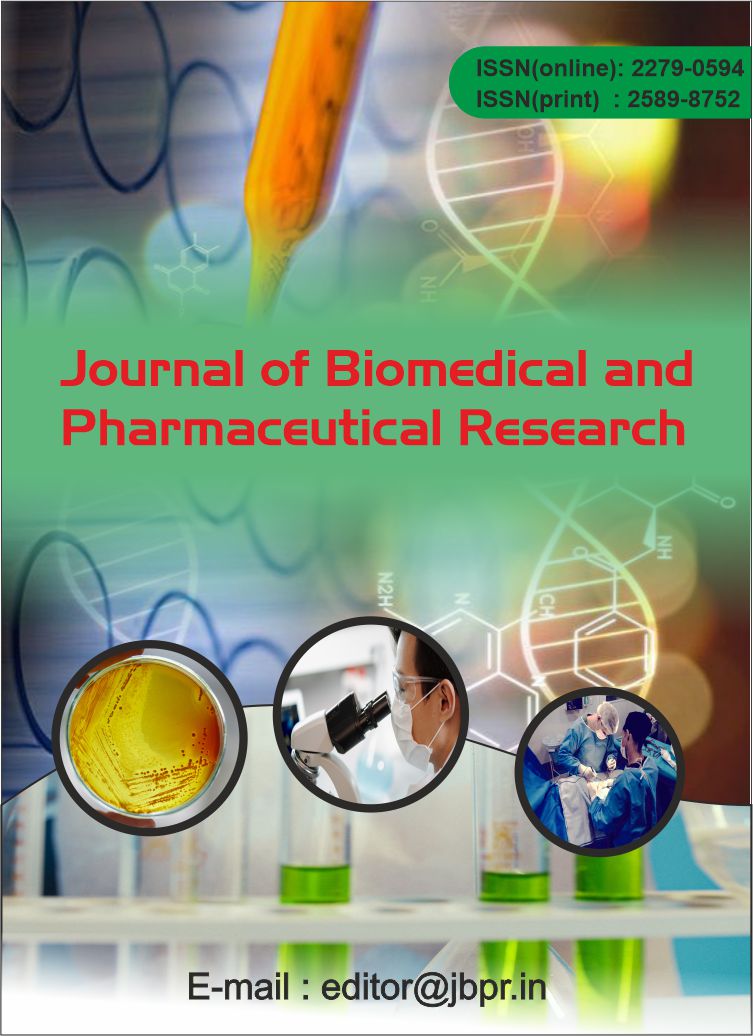TO STUDY SUSPECTED ADVERSE REACTIONS INCLUDING BIRTH DEFECTS IN PRIVATE APEX HEALTH CARE CENTRE (UTTAR PRADESH) INDIA.
Abstract
According to the World Health Organization definition, this is any noxious, unintended, and undesired effect of a drug, which occurs at doses used in humans for prophylaxis, diagnosis, or therapy. This definition excludes therapeutic failures, intentional and accidental poisoning (ie, overdose), and drug abuse. Also, this does not include adverse events due to errors in drug administration or noncompliance (taking more or less of a drug than the prescribed amount).Using this conservative definition avoids overestimating the ADR incidence. A WHO report in 1972 held that a term congenital malformations should be confmed to structural defect at birth, and the term congenital anomaly being used to include all biochemical, structural and functional disorders present at birth. In the study three hundred seventeen pregnant women were monitored for various birth defects and found that 82 birth defects where associated with various drugs taken by women during pregnancy. largest number of birth defects mothers were in 21-25 years of age group and majority of mothers were age group of 20-35 yrs. The babies with birth defects were categorized into premature without congenital anomalies 154 (48.58%), premature with congenital anomalies 7(2.20%), Intrauterine death IUD without congenital anomalies 126 (39.74%), IUD with congenital anomalies 15(4.73%) and abortions 15(4.73%). In this study the number of drug induced birth defect cases were reported in various drug and following percentage -paracetamol 31 case (37.80%), chloroquine phosphate 23 cases (28.04%),
metoc1opramide 21 cases (25.60%), ciprofioxacin 18 case (21.95%), metronidazole 17 cases (20.17%) diazepam 16 cases (19.51 %), dicyclomine Hc112 cases (14.63%),ibuprofen 11 cases (13.41) isoxsuprin 9 cases (10.97%), ergot preparata 8 cases(9.75%). Increased awareness of possible damage to the fetus by drugs during pregnancy had led to be a few well controlled scientific studies as well as a vast array of anecdotal reports suggesting the teratogenic effect of various environmental agents.
Keywords: World Health Organization, Adverse drug reactions, Pregnancy, IUD.
Downloads
Published
How to Cite
Issue
Section
License
![]() Journal of Biomedical and Pharmaceutical Research by Articles is licensed under a Creative Commons Attribution 4.0 International License.
Journal of Biomedical and Pharmaceutical Research by Articles is licensed under a Creative Commons Attribution 4.0 International License.



